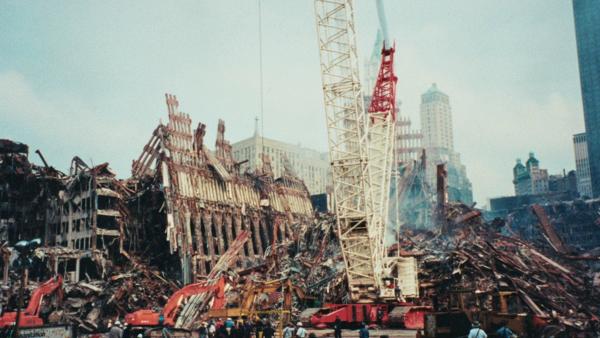Jan 21, 2025
Trump’s ambition to retake the Panama Canal could have a heavy cost, CNN.com
Analysis by Peter Bergen, CNN
3 minute read
Published 10:04 AM EST, Tue January 21, 20
—
In recent weeks, when he was president-elect, Donald Trump publicly said that Panama should return the Panama Canal to the United States and that he would not rule out using military force to reclaim it. At his presidential inauguration on Monday, Trump doubled down.
Trump’s threat to upend decades of American policy and a war to seize the canal would be a major undertaking from a president who has railed against American military involvement in conflicts in the Middle East and would surely be hard to sell to the American public.
It was President Jimmy Carter who negotiated the return of the Panama Canal to the Panamanians and secured the more-than-two-thirds vote in the US Senate necessary to ratify the Panama Canal treaties in 1978.
Carter felt that returning the Panama Canal to Panama’s government was the right thing to do since it was a legacy of a time when the US exerted a quasi-colonial policy over Central America.
It’s worth noting that it wasn’t just Carter who signed on to the Panama Canal treaties; presidents of both parties – Ronald Reagan, George H.W. Bush, and Bill Clinton – all felt bound by the terms of the treaties, which were only fully implemented when the United States entirely transferred the operations of the Panama Canal over to Panama on December 31, 1999.
Since then, the operation of the canal by the Panamanians has been a non-issue, and more than two-thirds of the ships transiting the canal are either coming or going to American ports, according to the US International Trade Administration.
Following Trump’s assertions that the canal should be returned to the United States, Panama‘s President José Raúl Mulino issued a statement in December saying, “As President, I want to express precisely that every square meter of the Panama Canal and its adjacent area belong to PANAMA, and will continue to be.”
That would seem to have settled it, though, earlier this month, Trump added the potential threat of US military action to take back the canal.
A war to secure the canal zone wouldn’t be a small matter. It’s more than 500 square miles of territory, and the population of Panama is 4.5 million people, many of whom presumably wouldn’t be thrilled to be under some form of American occupation.
Estimates by the US Army suggest you need a minimum of “Twenty counterinsurgents per 1,000 residents … for effective [counterinsurgency] operations.” So, given Panama’s population, that would be a force of around 90,000 US troops.
This kind of military operation would also get the US involved in another land war of the type that Trump has long criticized.
Also, under what authority could Trump order US troops to seize the Panama Canal? Typically, there would need to be a US congressional resolution for the use of such force, as there has been in place since the 9/11 attacks that authorizes the use of force against groups like al-Qaeda and ISIS.
Any military seizure of the Panama Canal also would be quite disruptive to global trade. Around 6% of global trade passes through the canal. Any military action over the canal would also come at a time when the Houthis in Yemen have disrupted another key trade route by regularly targeting ships in the Red Sea with drones and missiles that are coming and going from the Suez Canal, which accounts for another 12% of global trade.
Trump has built his political career thinking outside the box, but attempting to take back the canal — whether by bullying the Panamanians or using military force — would be a risky undertaking unlikely to succeed.
MORE ARTICLES 
FEATURED BOOK

